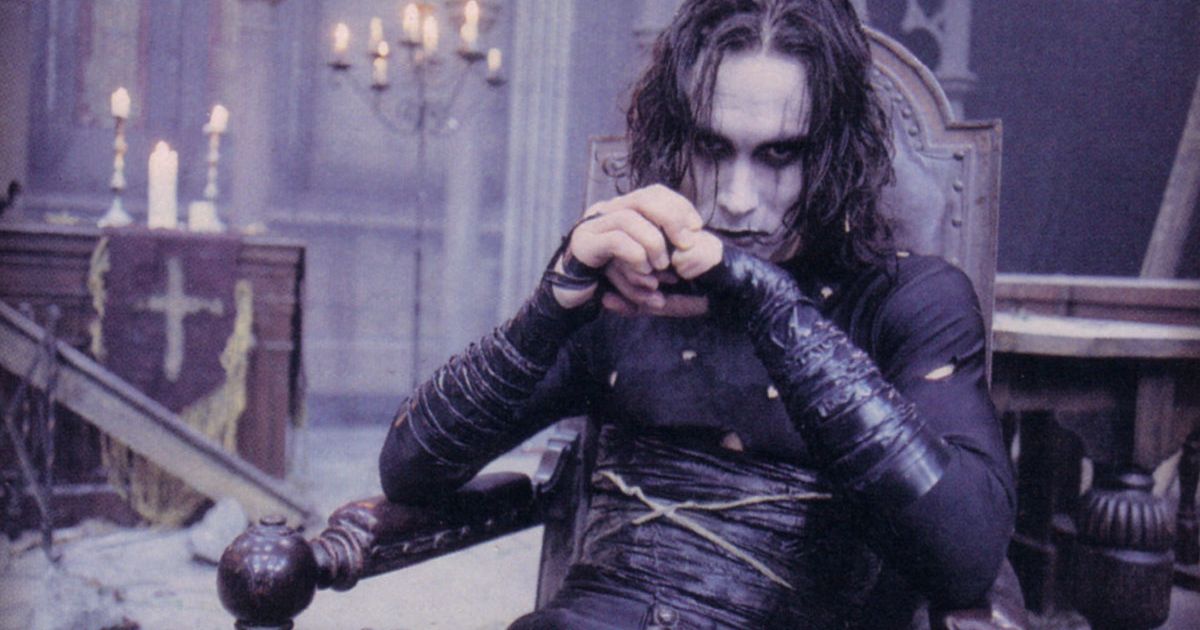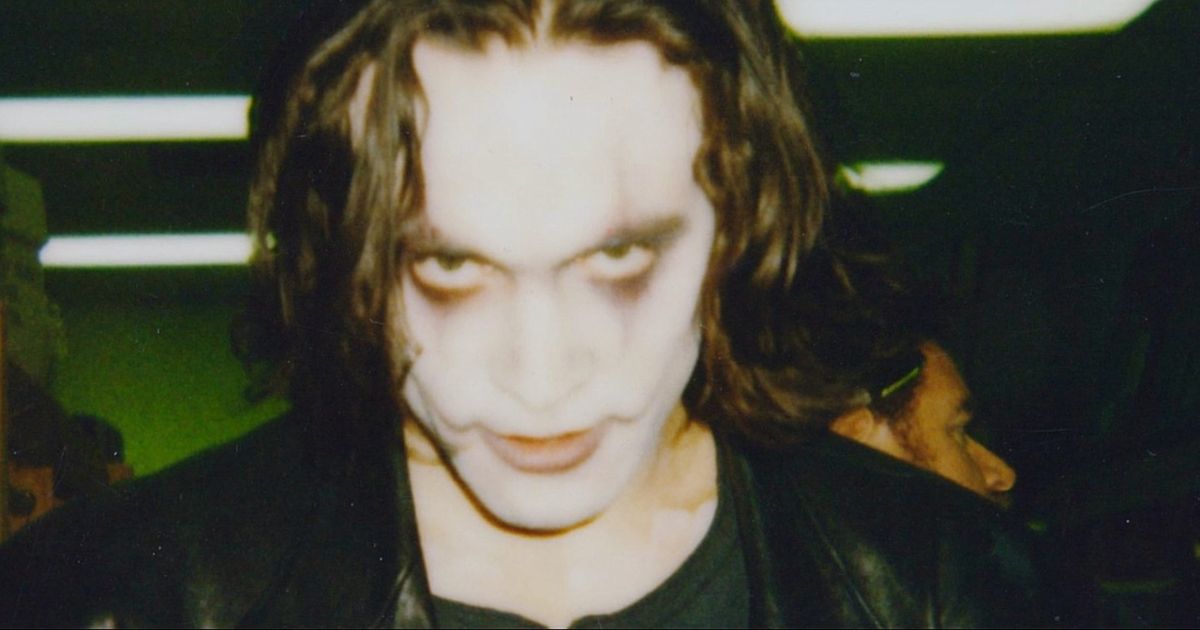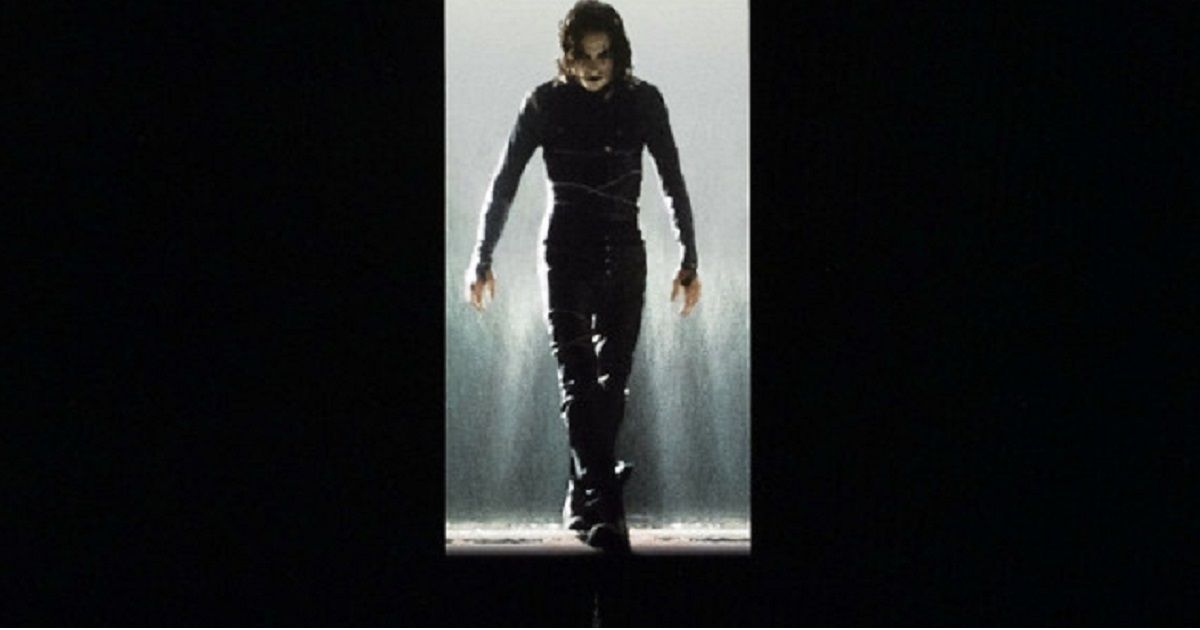The Crow was released in 1994 and is one of cinema’s quintessential cult classics. The film stars Brandon Lee as Eric Draven, who rises from the dead on the anniversary of his death to claim vengeance on those who killed him and his fiancé. The Crow is violent, emotional, and gothic in the traditional sense. Over the past few decades, teenagers have grown up with this franchise of films and its source material. Those teenagers have grown into adults who continue to revitalize the material for the next generation. However, why has this film amassed such a cult following?
Overture: A Gothic Storyline
James O'Barr’s comic of the same name dives into supernatural elements and uses black and white imagery to tell the story of The Crow. However, in the movie, we see a fully fleshed out, Tim Burton-style world. Interlude sequences show the crow itself gliding over the streets with gothic architecture in darkened stormy nights. The score by Graeme Revell compliments many of these sequences in an almost orchestral style. The darkness is a prevalent theme throughout the film, where Eric protrudes from the shadows and is mainly shown at night under an enormous amount of rain. In many ways, these gothic elements intersect with modern neo-noir aesthetics.
What makes a story gothic is a combination of gloom, suspense, nighttime action, and the morbid macabre. In the case of The Crow, we see Eric rise from the depths of his grave unexplainably and amass all this power to take on the ones who have wronged him. The romantic age of literature, centuries ago, has provided stories from Mary Shelley and Edgar Allan Poe. The film is almost a tribute to that era of storytelling. Its fatalistic storyline of death, revenge, and loss might be the best example of a gothic film from the '90s.
Eric Draven — with the word 'raven' in his last name… — often quotes Poe’s famous poem The Raven to his victims like Samuel L. Jackson’s Bible verse in Pulp Fiction. He also leaves his insignia written in blood or fire at the scene of his vengeful act. Brandon Lee’s performance as The Crow or Eric Draven is the heart and soul of the film, and is why audiences still hold it in higher regard amongst other cult classics.
The Raven and the Crow
One can not talk about The Crow without discussing the tragedy that befell star Brandon Lee. His death on the set of this film has imprinted a higher amount of soulfulness and darkness alike behind the reels of film. Both off-screen and on, this is a film about death and what surrounds it. The obsession with the mystery of death is a crucial component of gothic literature, but Eric’s character is the living personification of death as a mystery. His rebirth is not fully explained in the film, and his supernatural abilities seem to blend into the unusual world around him.
This film is far from conventional. Our hero, or antihero, is the manifestation of death. Perhaps the unusual introduction to this character was the main reason audiences were so interested. When we see Eric, he is pulling himself from the grave under a classically gothic cemetery setting. We soon learn that this man is on a revenge quest for blood after the love of his life had been taken from him. The character represents all that is romantic about gothic storytelling. However, the romance Eric has is no longer connected with one person, but with violence itself.
The Crow Is Our Scary Gothic Hero
Eric Draven is an anti-hero and a perfect one at that. He is a vigilante who leaps to the act of murder to satisfy his hunt for revenge. He dresses in black, wears faint make-up and wields the most powerful weapons including his hands. His hands in particular, however, are used for religious symbolism as well. When a bullet goes through Eric’s hand, a comment using Jesus’ name is made (and a reference to stigmata becomes clear). The shot immediately cuts to a shot of the hole in Eric’s hand closing up. Eric is more than moral and almost faults the power that is bestowed on him… through violence.
Perhaps another reason why the film is so beloved and popular is because the sequences of violence are rather entertaining to watch. While they are brutal and in some sequences do not hold back on the brutality, good cinema is contingent on an emotional impact on the viewer. There is something rather beautiful about the acts of justice shown in this film. We want to see The Crow best the criminals who brutally murdered him and his bride to be. However, the way in which he does this is nothing short of disturbing, yet we can not look away. Violence is such an important part of our history, and it is shown in great detail in various elements of literature and religious texts, especially the more gothic ones. Therefore, cinema has free rein to explore it and show audiences how it movies stories forward.
The revenge narrative is so familiar but its success is dependent on the one seeking vengeance. Eric is quite the interesting character who is shrouded in gothic elegance. He speaks in an emotional and sometimes poetic cadence but unleashes a rage in physicality. There is a dynamic in Lee’s performance that has yet to be duplicated despite the attempts at sequels to the franchise. Lee was The Crow and The Raven. He mourned for the loss of his love, just as the speaker did in Edgar Allan Poe’s poem. Eric also was The Crow in that he was the bringer of death, and it's this combination of death and love the makes gothic literature so beloved. Generations of goths could see elements in The Crow that made the romantic era of literature so special. The film continues to thrive because of this factor.


.jpg)

